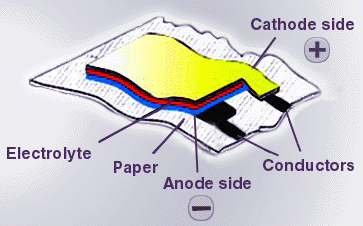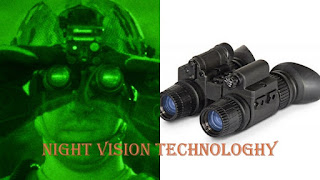Paper Battery
Paper Battery
A paper battery is a flexible, ultra-thin energy storage and production device formed by combining carbon nanotube with a conventional sheet of cellulose-based paper. These batteries are environmentally-friendly. They are non-corrosive and not require extensive housing.
A paper battery acts as both a high-energy battery and super capacitor combining two components that are separated in traditional electronics. This combination allows the battery to provide long-term steady power production and bursts of energy.
Non-toxic, flexible paper batteries have the potential to power the next generation of electronics, medical devices, and hybrid vehicles, allowing for radical new designs and medical technologies.
Features of paper battery
- Paper thin sheet, like shape and size and allowing the storage device to conduct electricity.
- Function as both a lithium-ion battery and super capacitor; can provide a long, steady power output comparable to a conventional battery.
- Due to paper like shape it can be rolled, twisted, folded, or cut into numerous shape with no loss of integrity or efficiency, or stacked, like printer paper, to boost total output
How it works
The battery contains carbon nanotubes, each about one million of a centimeter thick, which act as electrodes. The nanotubes are embedded in a sheet of paper soaked in ionic liquid electrolyte, which conducts the electricity. Because the battery consists mainly of paper on carbon, it could be used to power pacemaker within the body where conventional batteries pose a toxic threat.
Chemical reaction in the paper battery is between electrolyte and carbon nanotubes.
Durability
The use of carbon nanotubes give the paper battery extreme flexibility; the sheet can be rolled, twisted, folded, or cut into numerous shape with no loss of integrity or efficiency, or to boost total output.
It’s essentially a regular piece of paper, but it’s made in a very intelligent way.
The components are molecularly attached to each other: the carbon nanotubes printed is embedded in the paper, and the electrolyte is soaked into the paper.
Disadvantage
The component that makes them great, such as carbon nanotubes and patterning, are complicated and expensive.
by: Alok kumar Pandey
for any suggestions please comment below




Sir u r great.. ur post is informative and useful..friend request??
ReplyDeleteThanks
DeleteFor friend request i will send you my facebook account link.